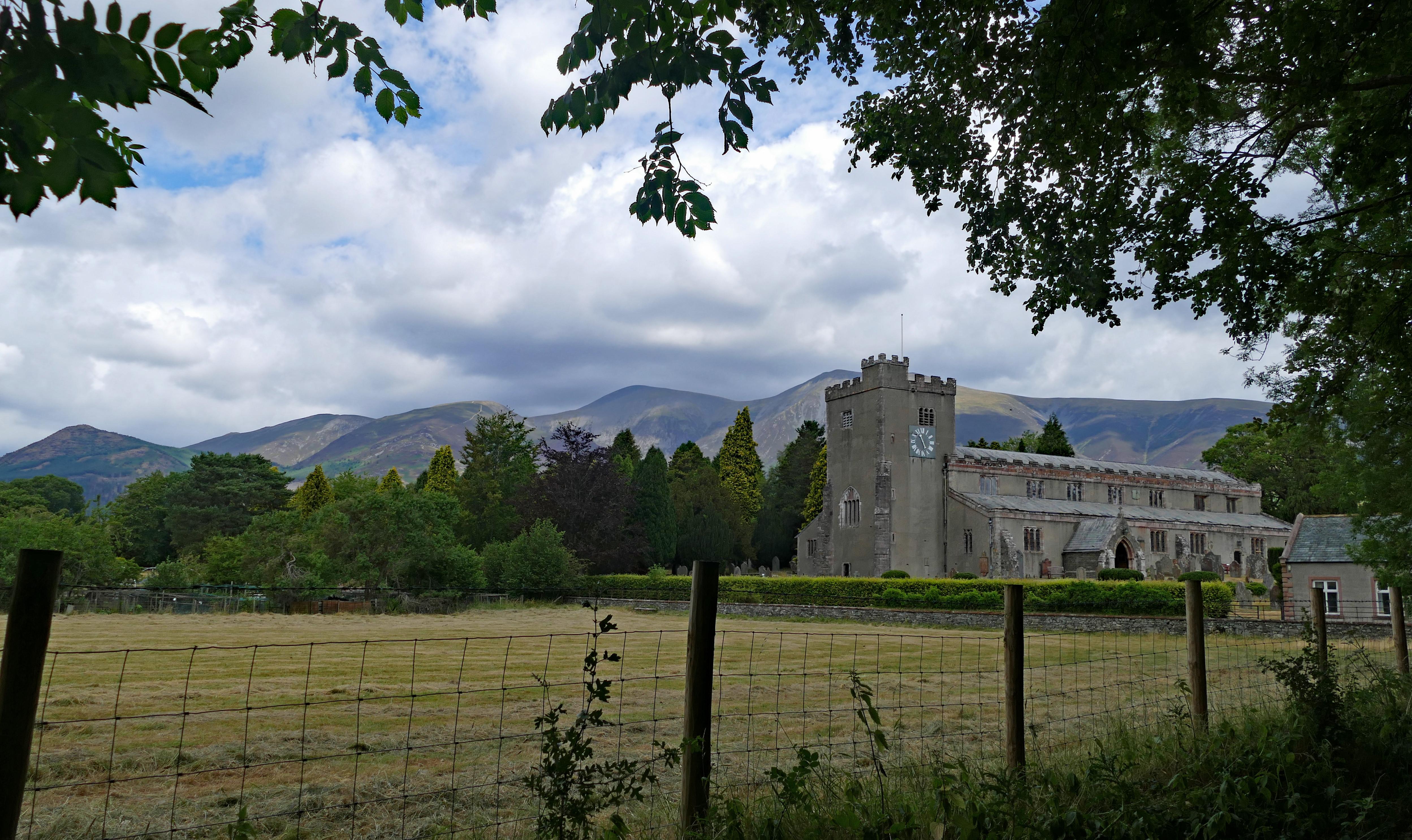All Saints
Underbarrow, Cumbria
The church lies in a quiet location amidst fields and woodland on the edge of the small Lakeland village of Underbarrow.

Founded in AD 553, we are an evangelical Anglican church and welcome people of all traditions or none.
Crosthwaite, Cumbria
Crosthwaite Church has a long history and it is thought that Christians have worshipped on this site for nearly 1500 years. This church is dedicated to St Kentigern, also known as St Mungo in Scotland, who had set up his cross in a clearing or ‘thwaite’ in 553AD - hence the name Crosthwaite.
Items of interest include:
Please also take time to visit the extensive churchyard which is well used by visitors and includes the graves of Robert Southey, Canon Rawnsley and the railway photographer, Bishop Treacy.

Underbarrow, Cumbria
The church lies in a quiet location amidst fields and woodland on the edge of the small Lakeland village of Underbarrow.
Cartmel Fell, Cumbria
Founded in 1504 and Grade I listed this peaceful church is tucked away on the Fell, surrounded by a graveyard rich with wildflowers, the interior contains unusual box pews, a triple decker pulpit and stained glass both ancient and modern.
Helsington, Cumbria
Built in 1726, the church commands extensive views across the Lyth valley towards the distant Lakeland fells and Morecambe Bay.